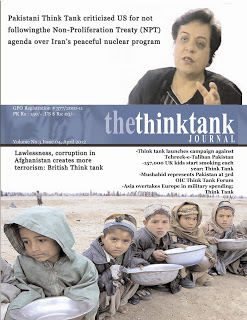In the wake of a mutiny attempt orchestrated by Wagner Group leader Yevgeny Prigozhin, Russia is experiencing significant upheaval as widespread purges take place, according to a recent report by the Institute for the Study of War (ISW). This article delves into the aftermath of the uprising and its impact on the Russian armed forces, shedding light on the command structure shake-up and the growing atmosphere of suspicion within the military ranks.
Prigozhin’s Mutiny and its Consequences:
Prigozhin’s Wagner Group briefly seized Rostov-on-Don and marched close to Moscow before retreating.
The mutiny, brokered by Belarusian leader Alexander Lukashenko, lasted less than 24 hours.
The ISW report highlights the far-reaching effects of the uprising on the Russian command structure.
Large-Scale Purges in Russian Armed Forces:
Prominent Russian milbloggers claim that “large-scale purges” are taking place within the Russian military.
The Ministry of Defense (MoD) is undergoing a loyalty “crash test,” with the Federal Guard Service (FSO) reviewing military leadership.
Indecisiveness in suppressing the rebellion and alleged support for paramilitary companies are cited as pretexts for personnel removal.
Potential Changes in Command:
Chief of the General Staff Valery Gerasimov may have been stripped of Ukrainian operations responsibilities, while retaining his post.
Colonel General Mikhail Teplinsky likely assumed the role of overall theater commander in Ukraine.
An atmosphere of suspicion surrounds the General Staff, and affiliates of certain commanders are accused of involvement in the mutiny.
Uncertainty and Potential Consequences:
Sources reporting on Russian command changes have been largely accurate in the past, but the ongoing disruption caused by the rebellion may affect their accuracy.
Reports of the detention of Army General Sergei Surovikin, an affiliate of the joint grouping of forces in Ukraine, have surfaced, but official confirmation is pending.
Conclusion:
The fallout from Prigozhin’s mutiny reverberates through Russia’s command structure, with large-scale purges taking place and key military figures facing scrutiny. As the situation unfolds, the impact on the ongoing conflict in Ukraine remains uncertain.
The consequences of this rebellion have created an atmosphere of suspicion and unpredictability within the Russian armed forces, potentially reshaping the leadership landscape in the days to come.




